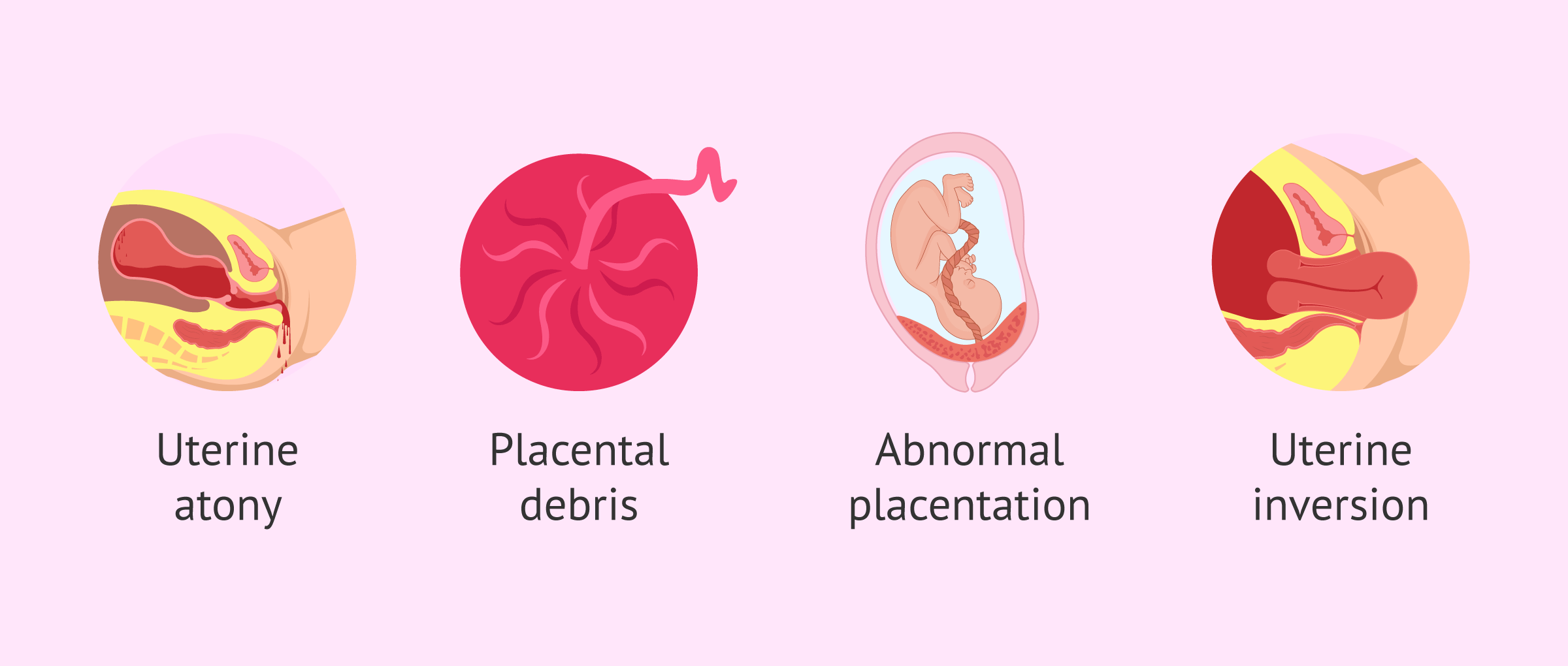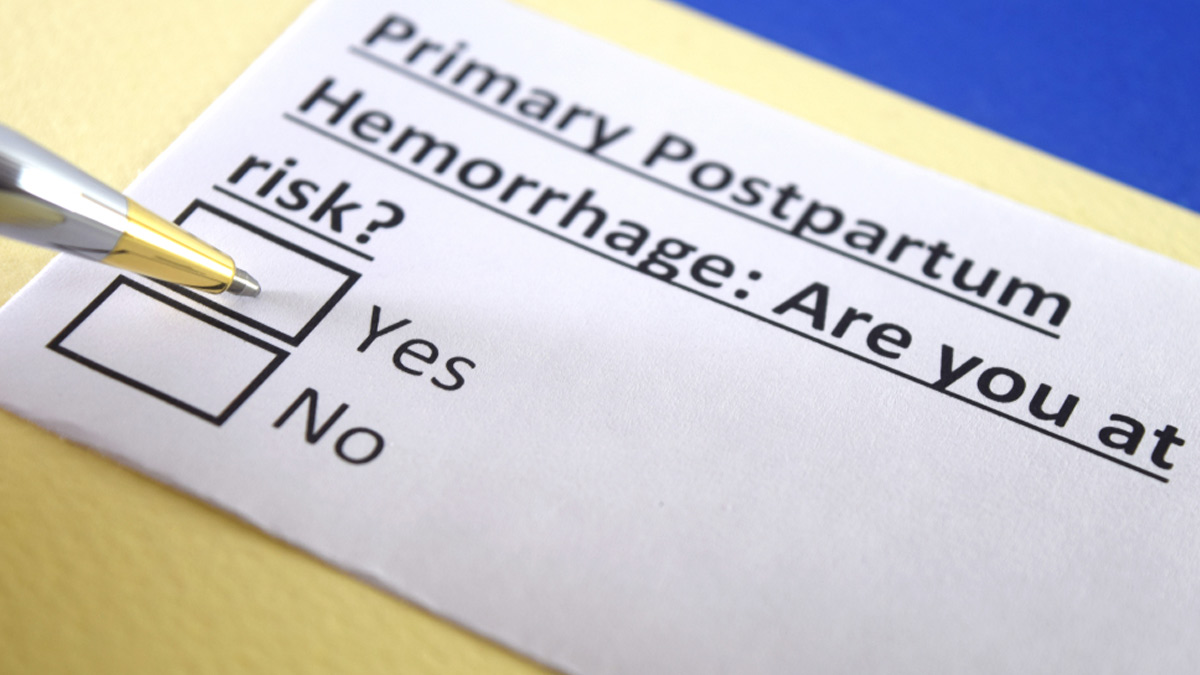Prevention Of Postpartum Haemorrhage - Bleeding control within the first hour of diagnosis (“golden hour”) is the most effective measure for treating postpartum hemorrhage. Postpartum haemorrhage (pph) is a major cause of mortality, morbidity and long term disability related to pregnancy and childbirth. Updates based on recent evidence include: Who guidelines for the management of postpartum haemorrhage and retained placenta. The primary goal of this guideline is to provide a foundation for the implementation of interventions shown to have been effective in.
The primary goal of this guideline is to provide a foundation for the implementation of interventions shown to have been effective in. Updates based on recent evidence include: Bleeding control within the first hour of diagnosis (“golden hour”) is the most effective measure for treating postpartum hemorrhage. Postpartum haemorrhage (pph) is a major cause of mortality, morbidity and long term disability related to pregnancy and childbirth. Who guidelines for the management of postpartum haemorrhage and retained placenta.
The primary goal of this guideline is to provide a foundation for the implementation of interventions shown to have been effective in. Postpartum haemorrhage (pph) is a major cause of mortality, morbidity and long term disability related to pregnancy and childbirth. Updates based on recent evidence include: Who guidelines for the management of postpartum haemorrhage and retained placenta. Bleeding control within the first hour of diagnosis (“golden hour”) is the most effective measure for treating postpartum hemorrhage.
(PDF) Prevention and Management of Postpartum Haemorrhage
Bleeding control within the first hour of diagnosis (“golden hour”) is the most effective measure for treating postpartum hemorrhage. Updates based on recent evidence include: The primary goal of this guideline is to provide a foundation for the implementation of interventions shown to have been effective in. Postpartum haemorrhage (pph) is a major cause of mortality, morbidity and long term.
(PDF) WHO for the Prevention of Postpartum Haemorrhage
Who guidelines for the management of postpartum haemorrhage and retained placenta. Bleeding control within the first hour of diagnosis (“golden hour”) is the most effective measure for treating postpartum hemorrhage. Postpartum haemorrhage (pph) is a major cause of mortality, morbidity and long term disability related to pregnancy and childbirth. The primary goal of this guideline is to provide a foundation.
(PDF) Prevention and treatment of postpartum haemorrhage DOKUMEN.TIPS
Updates based on recent evidence include: Who guidelines for the management of postpartum haemorrhage and retained placenta. Bleeding control within the first hour of diagnosis (“golden hour”) is the most effective measure for treating postpartum hemorrhage. Postpartum haemorrhage (pph) is a major cause of mortality, morbidity and long term disability related to pregnancy and childbirth. The primary goal of this.
Causes of postpartum haemorrhage
Updates based on recent evidence include: Bleeding control within the first hour of diagnosis (“golden hour”) is the most effective measure for treating postpartum hemorrhage. Postpartum haemorrhage (pph) is a major cause of mortality, morbidity and long term disability related to pregnancy and childbirth. The primary goal of this guideline is to provide a foundation for the implementation of interventions.
st mungo'sPostpartum Haemorrhage
Postpartum haemorrhage (pph) is a major cause of mortality, morbidity and long term disability related to pregnancy and childbirth. The primary goal of this guideline is to provide a foundation for the implementation of interventions shown to have been effective in. Updates based on recent evidence include: Bleeding control within the first hour of diagnosis (“golden hour”) is the most.
Postpartum Haemorrhage (Edited) PDF Childbirth Intravenous Therapy
Who guidelines for the management of postpartum haemorrhage and retained placenta. Postpartum haemorrhage (pph) is a major cause of mortality, morbidity and long term disability related to pregnancy and childbirth. The primary goal of this guideline is to provide a foundation for the implementation of interventions shown to have been effective in. Updates based on recent evidence include: Bleeding control.
Battle Against Postpartum Haemorrhage Expert Unveils Causes, Risks
Postpartum haemorrhage (pph) is a major cause of mortality, morbidity and long term disability related to pregnancy and childbirth. The primary goal of this guideline is to provide a foundation for the implementation of interventions shown to have been effective in. Updates based on recent evidence include: Who guidelines for the management of postpartum haemorrhage and retained placenta. Bleeding control.
postpartum haemorrhage recent advances
The primary goal of this guideline is to provide a foundation for the implementation of interventions shown to have been effective in. Updates based on recent evidence include: Postpartum haemorrhage (pph) is a major cause of mortality, morbidity and long term disability related to pregnancy and childbirth. Bleeding control within the first hour of diagnosis (“golden hour”) is the most.
Battle Against Postpartum Haemorrhage Expert Unveils Causes, Risks
Who guidelines for the management of postpartum haemorrhage and retained placenta. The primary goal of this guideline is to provide a foundation for the implementation of interventions shown to have been effective in. Postpartum haemorrhage (pph) is a major cause of mortality, morbidity and long term disability related to pregnancy and childbirth. Bleeding control within the first hour of diagnosis.
(PDF) Management of Postpartum Haemorrhage (PPH)€¦ · Management of
Postpartum haemorrhage (pph) is a major cause of mortality, morbidity and long term disability related to pregnancy and childbirth. The primary goal of this guideline is to provide a foundation for the implementation of interventions shown to have been effective in. Who guidelines for the management of postpartum haemorrhage and retained placenta. Bleeding control within the first hour of diagnosis.
Updates Based On Recent Evidence Include:
The primary goal of this guideline is to provide a foundation for the implementation of interventions shown to have been effective in. Bleeding control within the first hour of diagnosis (“golden hour”) is the most effective measure for treating postpartum hemorrhage. Postpartum haemorrhage (pph) is a major cause of mortality, morbidity and long term disability related to pregnancy and childbirth. Who guidelines for the management of postpartum haemorrhage and retained placenta.









